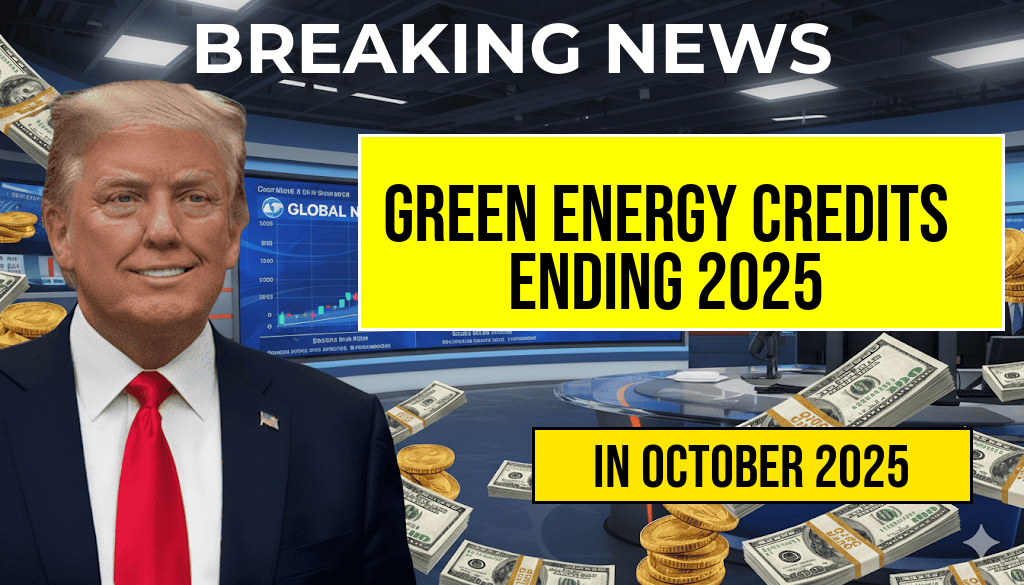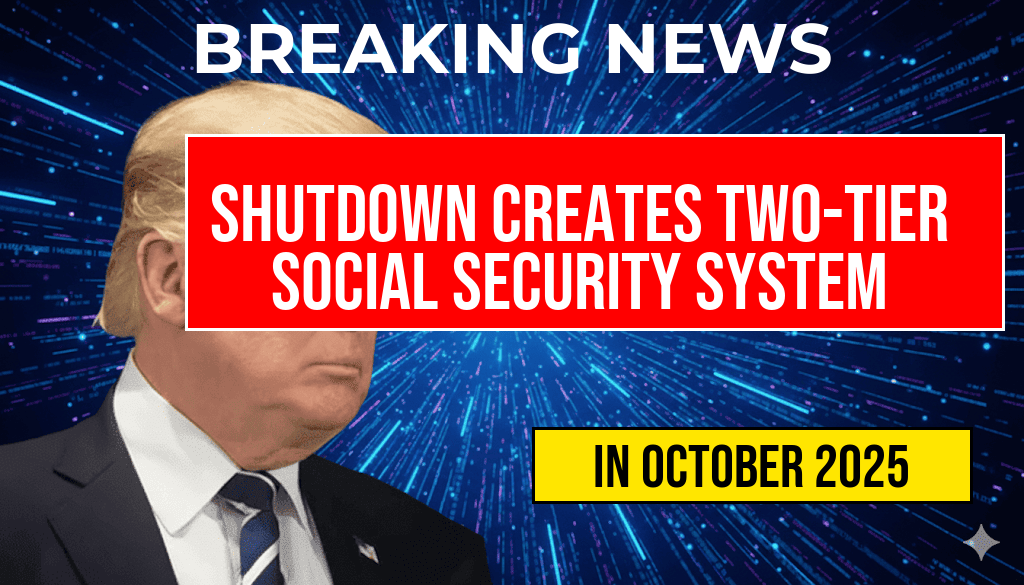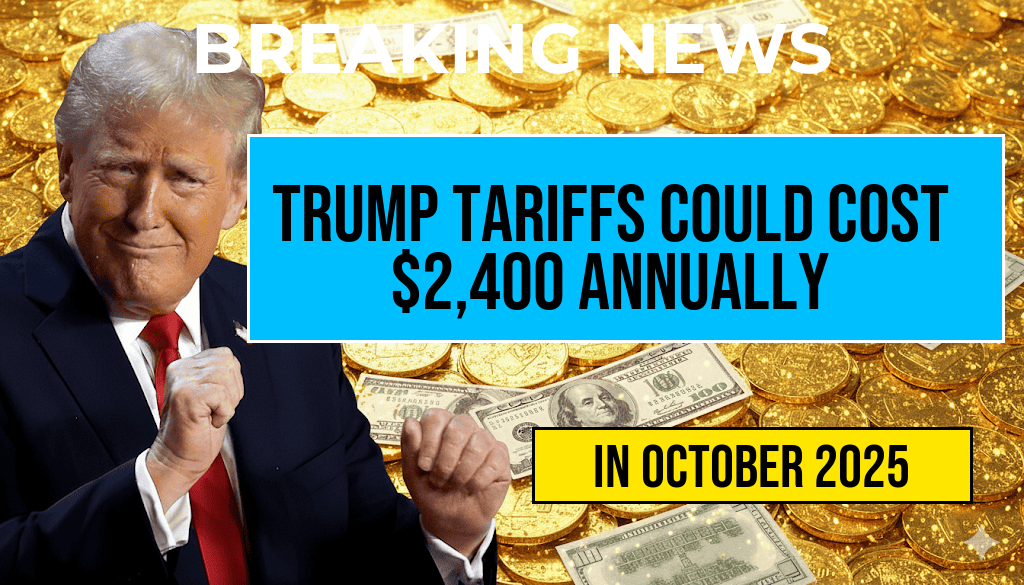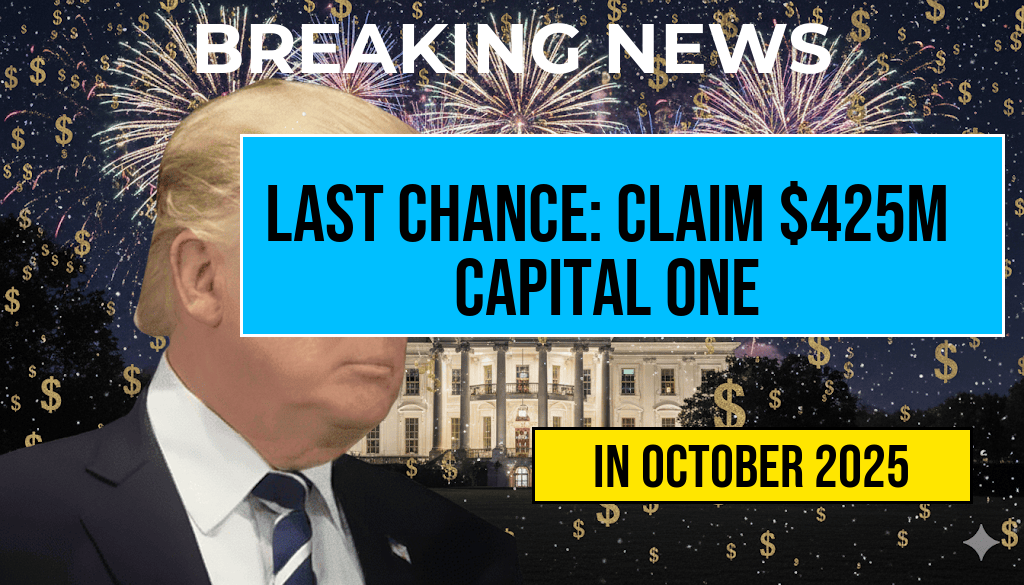Homeowners investing in green energy systems are facing a pivotal change as federal tax incentives linked to renewable energy projects are slated to expire in 2025. The Residential Energy Efficient Property Credit, which has historically provided significant tax relief for installing solar panels, wind turbines, and energy storage systems, is set to end unless Congress enacts new legislation. This looming expiration could impact thousands of homeowners who have relied on these incentives to offset installation costs, potentially influencing future adoption rates of renewable energy at the residential level. As policymakers deliberate on extending or modifying these credits, understanding the current landscape, potential financial implications, and alternative options becomes crucial for homeowners weighing renewable energy investments.
Understanding the Current Landscape of Residential Green Energy Incentives
The Residential Energy Efficient Property Credit was introduced to promote the adoption of renewable energy technologies by offering a substantial tax credit—covering up to 26% of installation costs in recent years. This incentive has played a vital role in driving the growth of residential solar installations, which increased by over 40% in recent years, according to industry data (SEIA). However, the credit’s scheduled expiration on December 31, 2025, raises concerns about the potential slowdown in new projects and the financial viability of existing plans.
Legislation passed in recent years extended these incentives temporarily, but without renewed action, homeowners planning future upgrades may face higher upfront costs or choose to delay projects. The federal government’s approach reflects broader policy debates about balancing fiscal responsibility with climate goals, leaving many homeowners uncertain about the future of tax benefits for renewable energy investments.
Key Details About the Expiration and Its Impact
| Program | Current Status | Expiration Date | Potential Future |
|---|---|---|---|
| Residential Energy Efficient Property Credit | Active with 26% rate (2023-2024) | December 31, 2025 | Uncertain unless extended by legislation |
| State-Level Incentives | Varying by state | Varying by state | May continue independently of federal policy |
For homeowners, the expiration means a potential reduction in the financial incentives that significantly lower the effective cost of installing renewable systems. Projects initiated before the deadline might still qualify for credits, but future installations will become less financially attractive without federal support. Additionally, the timing of project completion could influence eligibility, prompting some homeowners to accelerate decisions to maximize benefits.
How Homeowners Can Prepare for the Changes
Assess Current Projects and Budgeting
Homeowners considering renewable energy upgrades should evaluate their project timelines carefully. Consulting with licensed installers can help determine whether to proceed before the credits expire or explore alternative financing options. It’s also wise to review current estimates and compare costs with and without the federal incentives to understand the financial impact.
Explore State and Local Incentives
Many states offer additional rebates, tax credits, or financing programs that can supplement federal incentives or serve as alternatives if federal benefits diminish. For example, California’s Self-Generation Incentive Program provides rebates for solar and energy storage. Visiting state energy agencies’ websites can reveal opportunities specific to your location.
Consider Long-Term Benefits and Incentive Strategies
- Timing is critical: Initiate projects before the credits expire to maximize savings.
- Invest in energy storage: Systems like home batteries can increase energy independence and qualify for certain incentives.
- Plan for future policy shifts: Stay informed about legislative developments that could renew or replace existing incentives.
Policy Outlook and What it Means for the Future
Legislators are actively debating proposals to extend, modify, or replace current renewable energy incentives. Some lawmakers advocate for permanent or long-term support to accelerate the transition to clean energy, citing climate goals and economic benefits. Others emphasize budget concerns, prompting negotiations that could result in new incentive structures or phased reductions.
Meanwhile, the Internal Revenue Service continues to update guidance, highlighting the importance of maintaining documentation and understanding eligibility criteria for current credits. Homeowners are encouraged to consult with tax professionals and renewable energy experts to navigate these complexities.
Conclusion
As the clock winds down on federal residential green energy incentives, homeowners face a critical decision point. Acting promptly can help maximize financial benefits and ensure projects are completed under current programs. While the future of federal support remains uncertain, a combination of state incentives, strategic planning, and staying informed about policy developments can help homeowners continue advancing their renewable energy goals. Detailed research and consultation are essential to making informed choices in this shifting landscape.
Frequently Asked Questions
What are Green Energy Credits and how do they benefit homeowners?
Green Energy Credits are tax incentives provided to homeowners who invest in renewable energy systems such as solar panels or wind turbines. These credits help reduce the overall cost of installing eco-friendly energy solutions, making sustainable living more affordable.
Why are Green Energy Credits expiring in 2025?
The expiration of Green Energy Credits in 2025 is due to the scheduled phase-out of certain federal tax incentives aimed at encouraging renewable energy adoption. Policymakers have set this date to transition the program and evaluate future support measures.
How will the expiration of Green Energy Credits affect current and prospective homeowners?
After 2025, homeowners may no longer be able to claim these tax incentives, potentially increasing the upfront costs of renewable energy installations. It’s important to plan and complete qualifying projects before the credits expire to maximize savings.
Are there any alternatives or new incentives available after the Green Energy Credits expire?
Yes, some states and local governments may offer alternative incentives or rebates for renewable energy projects. Additionally, there could be new federal programs introduced, so homeowners should stay informed about current opportunities to support green energy investments.
What steps should homeowners take to benefit from Green Energy Credits before they expire?
Homeowners should evaluate their renewable energy plans and consider installing qualifying systems before 2025. Consulting with certified installers and tax professionals can help ensure they maximize available credits and meet all necessary requirements in time.






